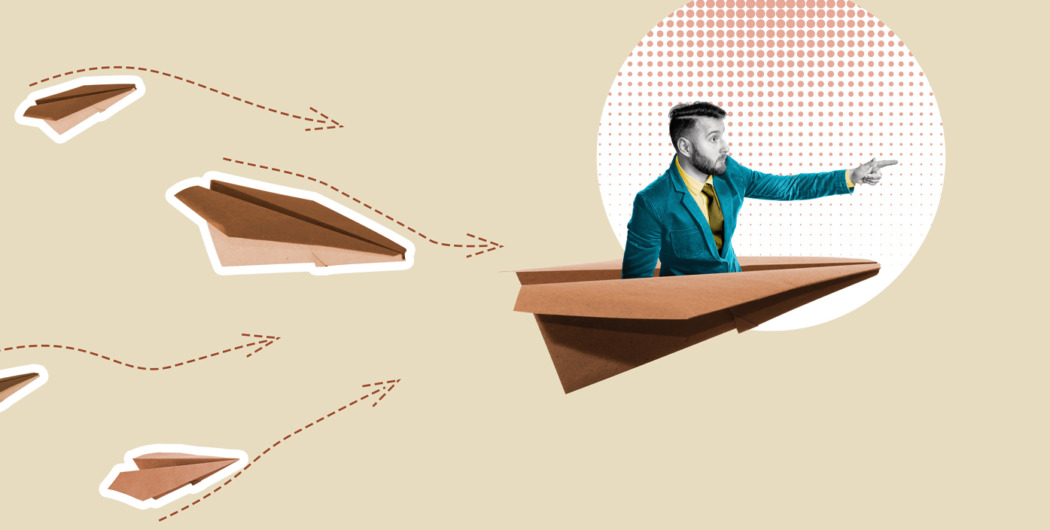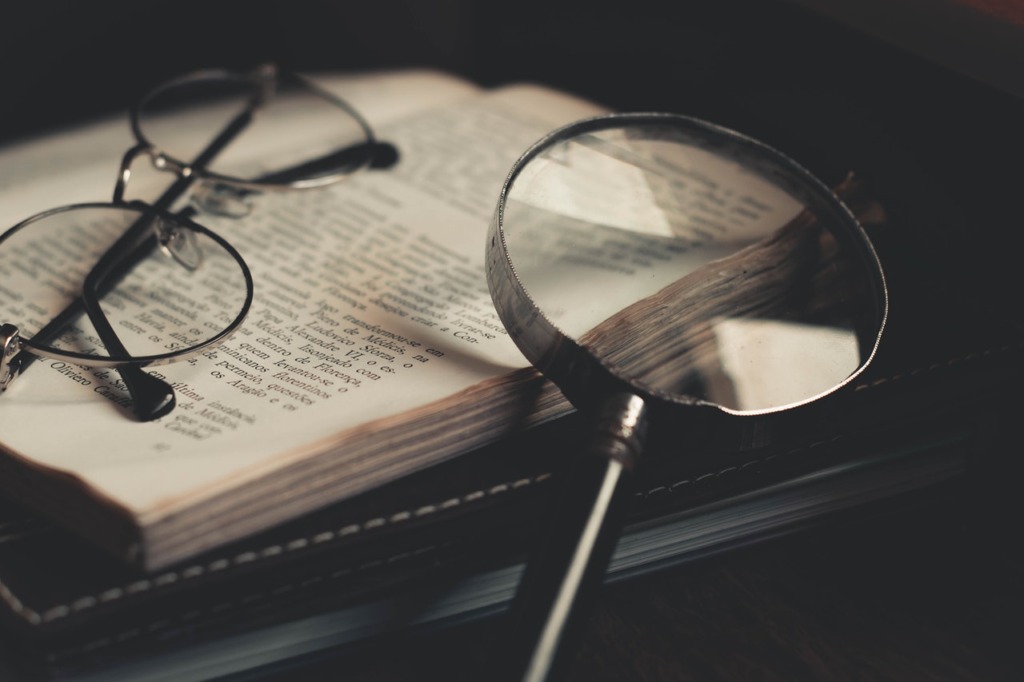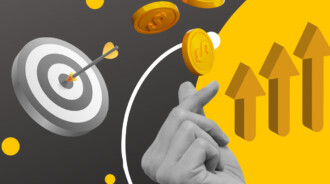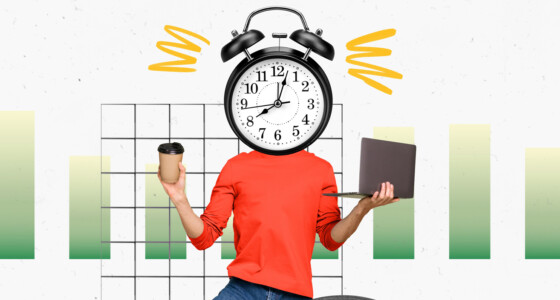

Did you know that traders and climate change scientists use the same technique? In trading, it’s called backtesting; in climate modeling, it’s called hindcasting. Some scientists are even using bee and pollen samples from 1910 to predict the future of urbanization and agricultural land conversion. Who would’ve guessed that a UC Berkeley professor saying that hindcasting (equivalent to backtesting) is “the only way to test a model and improve forecasting” could be applied to trading?
Let’s cast bees aside and explore the basics of backtesting in the trading context.
What is backtesting?
Backtesting is a method of assessing the viability of a strategy using historical data. It allows you to see how a trading strategy would have performed over a certain period in the past, ultimately indicating how it might perform in the future.
If you have a hypothesis for a trade set-up, you can implement it in a simulated trading environment. If it gives good returns, you’ll become more confident about introducing this strategy into your trading toolkit.
Prerequisites for backtesting
You’ll need to make up your mind about several prior conditions.
1. Trading logic
What are you going to test, and what are you going to do with the results? For example, you need to find similar market conditions on the historical price chart. The timeframe depends on your trading approach. The more times the strategy confirms its effectiveness, the better it is. If the results are negative, you should ditch the strategy.
2. Market and asset
Select the right market and asset class to trade in. Here, the “right” choice means the one that makes sense for your trading style, plan, risk tolerance, goals, and skills.

3. Data
It’s important to get high-quality data, which can be accessed directly in the backtesting software or, alternatively, from a data vendor or a broker. With poor-quality data, the output analysis will be incorrect and misleading.
4. Programming language
If you want to learn how to backtest trading strategies with an algorithm, it’ll require some coding knowledge. It can be Python, C++, MatLab, or R.
Understanding Backtesting
Backtesting is a technique that allows traders to simulate trading strategies against historical data. This way, they may analyze potential risks and generate results without putting their capital in danger.
When a backtest is well-conducted, it will lead to positive results. This will suggest that you have a sound trading strategy that will likely lead to good results when you put it in motion. Depending on the results, a backtest may prompt traders to even modify their current trading strategy.

Some pitfalls of Backtesting
For the backtesting to turn out smoothly, a trader must create a good strategy and test it out in good faith. They also need to steer clear of bias as much as possible. As a result, the strategy has to be developed without the advantage of backtesting data. If you over-rely on backtest data, your strategy may not be able to live up to your expectations.
Backtesting also has several hidden risks. For instance, some positions may have a non-linear risk as they move in the opposite direction of your positions. This is why you should always stimulate potential risks by stress-testing the position. This should especially be your test in long-term bid-ask spreads.
Selecting an inappropriate period may also be a pitfall. When you test on a market time that is not likely to repeat, then it may cause inconsistent expectations. Make sure that you have enough history of past market downturns to help you create a better plan.
Ideal Backtesting scenario
The ideal backtesting trading strategy would select relevant periods from a past time and place them against various market conditions. By backtesting, they would determine whether the trading was a result of sound trading or simply a fluke.
For the results to be accurate, it needs to include representative stock samples. It should also feature companies that were liquidated, sold, or went bankrupt. If you only use historical data from companies that are still around, you will likely produce backtesting with high returns. While it may look good in the spreadsheet, it is not complete and always accurate.
The ideal backtest should feature every trading cost, regardless of how small it may be. During the backtesting process, these costs may add up significantly, affecting your overall profitability. As a trader, you should make sure that the software account you use for backtesting can cover these costs. It will further improve the effectiveness of your strategy.
The importance of backtesting trading strategies
When traders find or build a promising strategy, they often can’t wait to use it in live markets. But you’ll save yourself a lot of pain and frustration if you just test it first.
Suppose you have a good strategy on paper. As you run tests on it, you’ll be able to detect any technical or theoretical flaws and, most importantly, optimize and improve it until it performs how you want. It’s better to test standard strategies that are used by many other traders, too, so that you can adapt them to your trading approach and your chosen asset.
Of course, it doesn’t mean that it’ll perform the same in the future. But markets tend to move in circles, and it’s very common to see historical patterns repeat themselves. Besides, for traders, having the right mindset and confidence in their strategy is an important element of trading psychology.
The biggest backtesting mistakes you can make
If you make any of the mistakes below, you won’t get accurate data:
- Testing too little: Even if a strategy has an edge in a short period of a month, what about the rest of the time? Get confirmations at various timeframes — at least 5 potential trades in the past.
- Making adjustments in the middle of the test: Whatever tweaks you want to make can wait. It’s important to test each strategy separately and have complete data for evaluation.
- Overfitting and overoptimizing: You don’t need to aim for an insanely high quote rate like 90% and up. You still won’t be able to catch perfect entries every time, but you risk getting too fixated on individual trades rather than the long-term perspective.
Takeaway
It’s easy to imprint your own biases into trading. So, use backtesting as a way to remain impartial and reasonable about your choice of trading strategies.
Disclaimer: No strategy can guarantee 100% correct outcome of the trade.









